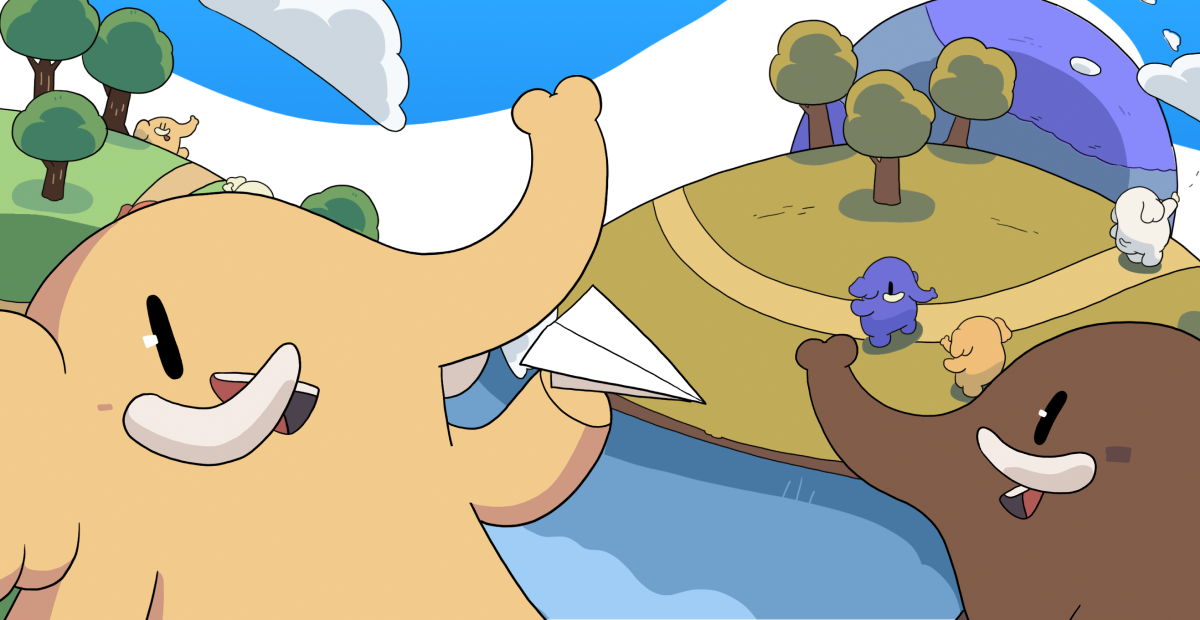« Exascerbating this problem is the belief that digital infrastructure is more like a book than, say, a garden. That, within the limits of aging, it can simply sit unattended on a shelf and be revisited only by brushing off any accumulated dust. Just to be clear about something: I love books. Books are amazing. But a field guide of plants is not the same thing as a living, breathing garden and no one pretends that a garden left unattended will flourish. »
« not even Facebook, which is hiring literally tens of thousands of engineers to build these environments, thinks the ideas they are imagining are within reach right now. So not only are they willing to hire large teams dedicated to an ambitious betting-on-the-future project they are committing to sustaining those teams for years to come. Museums and libraries, on the other hand, can still barely keep their own websites running for more than five or ten years before they are rebuilt from scratch as part of whatever new initiative is being advanced by the organization. »
« Absent from all of these discussions is anything like the vision that Tim Berners Lee espoused for the web as an open platform, free of licensing constraints. One that was simple enough to guarantee it could be implemented and operated with limited resources. When we talk about virtual worlds we are not only talking about walled gardens governed by the whim and folly of shareholder value. We are also talking about infrastructures that only a few enterprises are in a position to operate. »
« Make the web your baseline, in particular a web of documents and links rather than one of interactions or transactions or experiences. This is the profoundly boring web but that is the point. It is the web that, structurally, has a better guarantee of outlasting the machinations of third-party vendors. »
« I am not suggesting that we return to the web of the mid-1990s with its grey backgrounds and blue and purple links. I am suggesting however that we ensure that web is our guaranteed failure scenario, should it ever be necessary, and that we layer everything on top of it.
This is as much about safe-guarding against other people's browser decisions as it is giving the cultural heritage sector the freedom to engage with the walled gardens of platform vendors, without that participation turning in to a black hole from which it is impossible to escape. »
« Everything I've described so far has been built using the same raw materials that we've made available for you to do something with. This introduces a non-zero cost in the build process for the public-facing museum efforts but we believe it's worth the cost.
First of all we want other people to build new interfaces and new services, new "experiences" even, on top of our collection so this is a way to keep ourselves honest. If we can't build something with this stuff why should we imagine you will?
Second, we want to ensure that the data we release and the manner in which it is published, is actually robust and flexible enough to engender a variety of interfaces and uses because we need that variety. It is important to the museum because I don't believe there is, or should be, only one master narrative in to the collection. »
« We need to develop the practice of thinking about our tools as layers of components where those components that can be shared are simple enough for someone at a different instituion, someone who is just as busy and distracted as you are, to quickly understand what something does or doesn't do.
The emphasis here is on quickly because the reality is that other people will be looking at whatever you've shared over lunch or on the train going home. The emphasis needs to be on quickly because the ultimate goal is to have something that can be understood with sufficient ease that it can be filed away to be remembered at some later date when there is a need to address a specific problem. If the goal is to build a common kit of parts that can be re-used across the cultural heritage sector the first step is to make awareness of those tools, and their conceptual boundaries, a practical and tangible reality. »
« Weeks or months, years even, may pass before someone else finds what you've written but it's important to understand: This is what separates the web from what came before it. »
